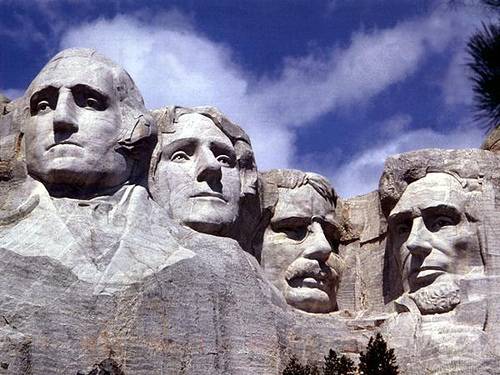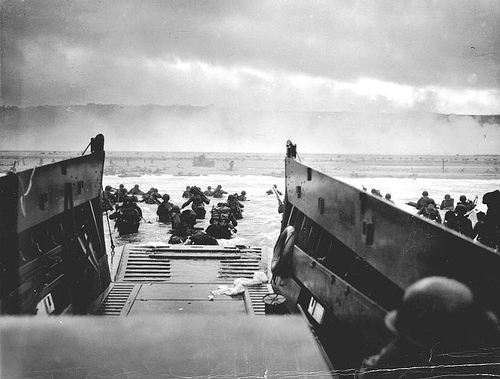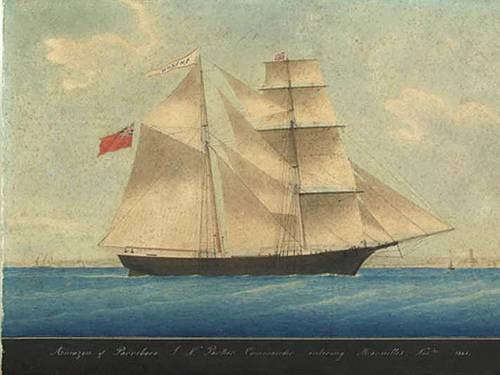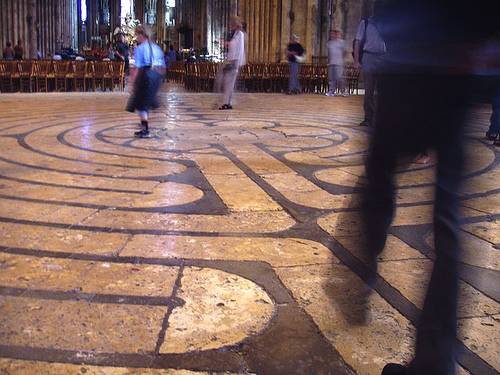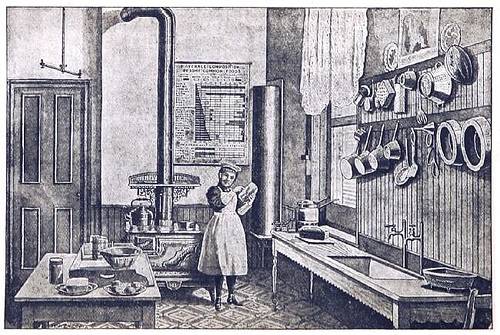
Just how much food the brain worker needs is a question which has not yet been decided. In general it appears that a man or a woman whose occupation is what we call sedentary, who is without vigorous exercise and does but little hard muscular work, needs much less than the man at hard manual labor, and that the brain worker needs comparatively little of carbohydrates or fats.
Many physicians, physiologists and students of hygiene have become convinced that well-to-do people, whose work is mental rather than physical, eat too much; that the diet of people of this class as a whole is one-sided as well as excessive, and that the principal evil is the use of too much fat, starch and sugar.
— Public School Domestic Science by Mrs. J. Hoodless, 1898

